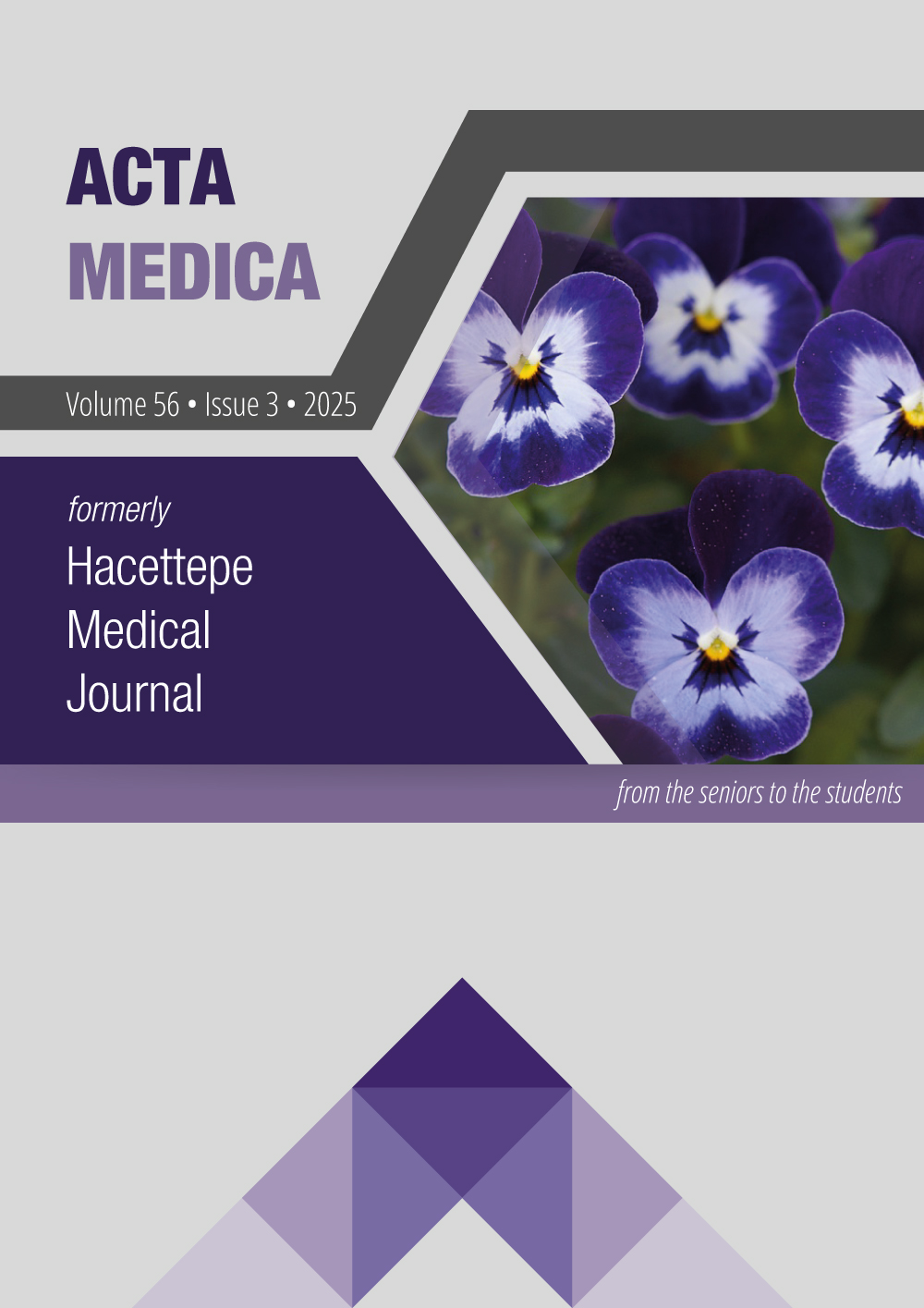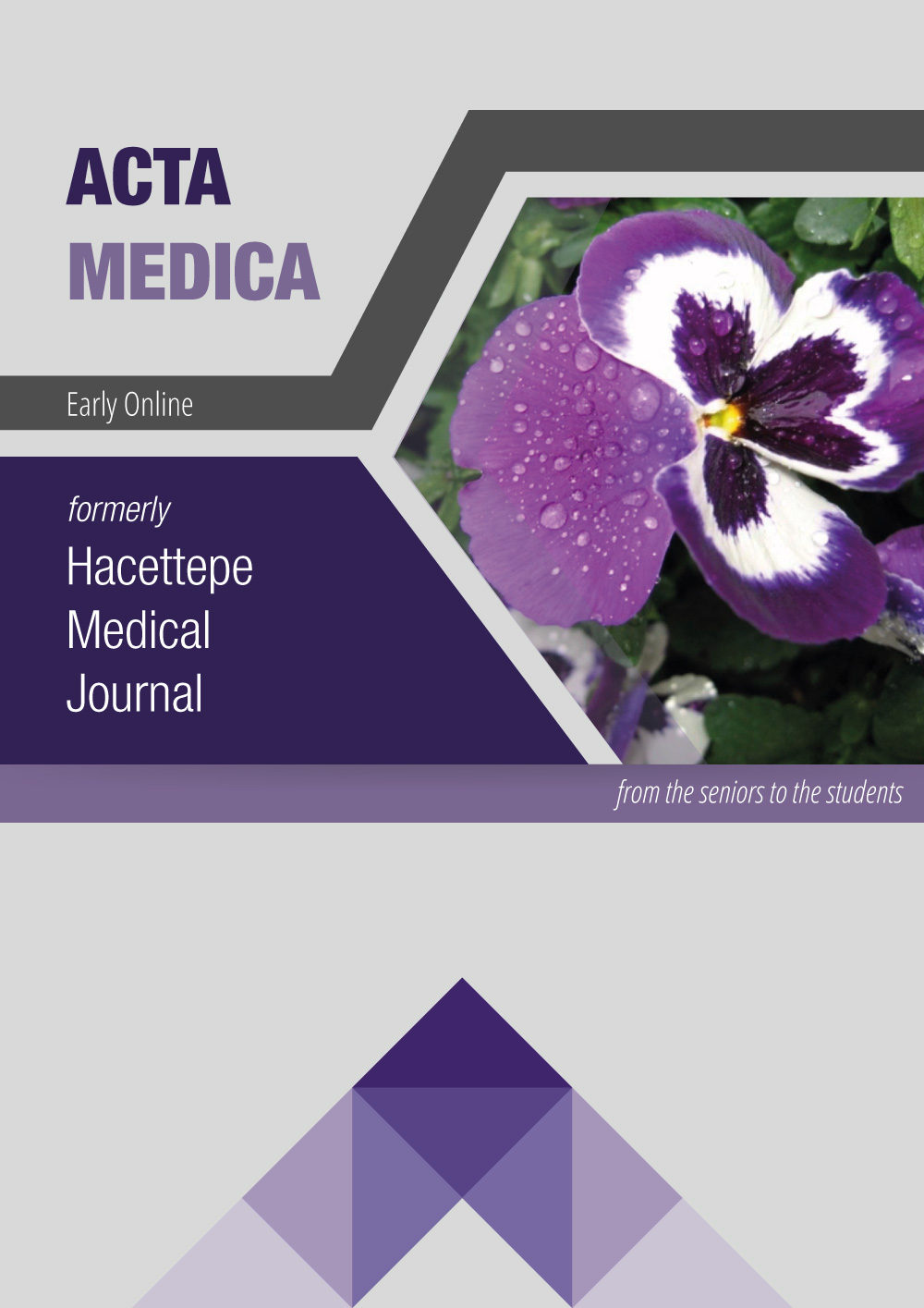In silico prediction of rhabdomyolysis-inducing drugs utilizing a supervised machine learning model
DOI:
https://doi.org/10.32552/2025.ActaMedica.1142Keywords:
Machine learning, pharmaceutical toxicology, QSAR, rhabdomyolysisAbstract
Objective: Rhabdomyolysis is a life-threatening syndrome characterized by the release of myocyte components into the bloodstream and can be induced by pharmaceutical agents. Although quantitative structure-activity relationship (QSAR) models are widely used for assessing adverse drug reactions, studies in computational toxicology focusing on rare and serious side effects, such as rhabdomyolysis, are still relatively limited. Due to this gap, this study aims to build an in silico QSAR model for early prediction of drugs at risk of rhabdomyolysis.
Materials and Methods: A binary dataset was developed by gathering 187 pharmaceutical compounds from the Drug-Induced Rhabdomyolysis Atlas (DIRA), and classification models were developed in the research. Machine learning (ML) algorithms, such as Instance-Based Learning with k-Nearest Neighbors (IBk), Simple Logistic (SL), and BayesNet (BN), were employed. Additionally, post-hoc model explanations and importance rankings of molecular descriptors were provided using Permutation Feature Importance (PFI).
Result: The performances of the ML classifiers ranged from 82.00% to 85.33% in the training set and from 75.67% to 81.08% in the test set. The highest success rate for the test set was achieved by the IBk model, with a rate of 81.08%. The most significant feature in the post-hoc IBk model explanation using PFI was highlighted as the JGI6 descriptor. The descriptor class with the most identifiers was the Electrotopological State Atom Type (E-State) Descriptors.
Conclusion: The physicochemical properties presented in this study regarding rhabdomyolysis and the developed models are anticipated to serve as effective tools for assessing the risk of rhabdomyolysis in drug molecules.
Downloads
Downloads
Published
How to Cite
Issue
Section
License
Copyright (c) 2025 Acta Medica

This work is licensed under a Creative Commons Attribution-NonCommercial-NoDerivatives 4.0 International License.


